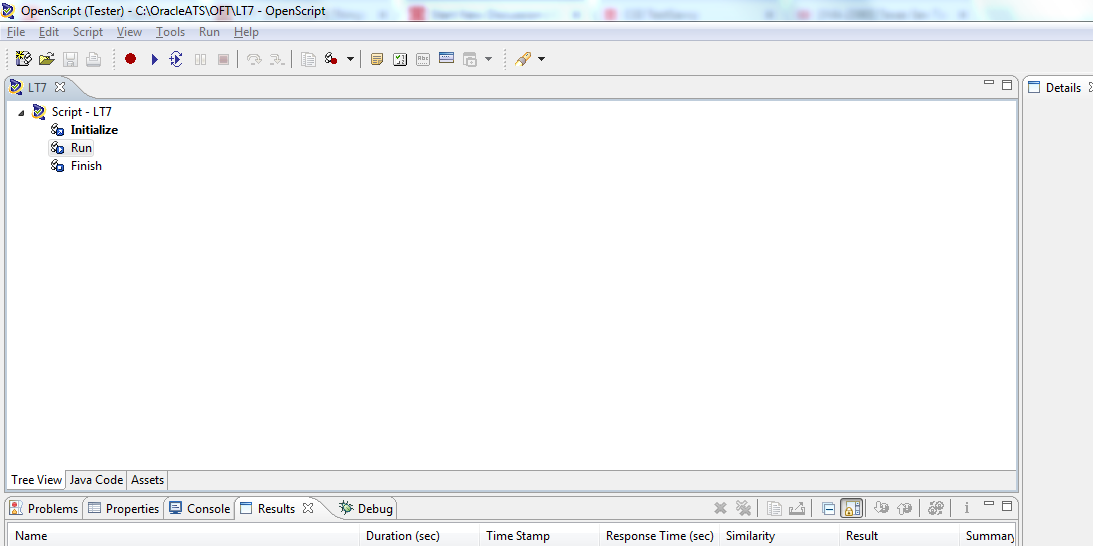I am new to use OATS tool 13.2 version,
After creating Oracle Fusion/ADF Load Tests and made changes in preferences:
1. Record> HTTP: a) In General tab, Recorded mode as "HTTP", Secure Protocol as "SSL"
b) In Proxy settings tab, unchecked the box "Chain Proxy" field.
2. Play Back: Unchecked the "Use a Proxy"
3**. Step Group:** Set the "1sec" to Based on time threshold field.
4. Correlation> HTTP: Unchecked the "Web Default (System - version 13.2.0.1)
After clicking the record button, the browser get launched but what ever actions performed in browser the steps are not creating in the Open script test cases.
Kindly help this kind of issue,
